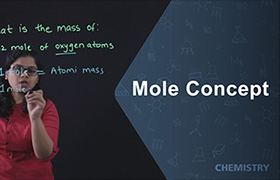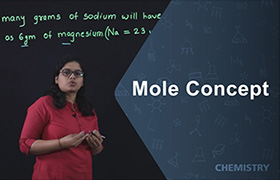CBSE Class 9 Answered
|
Atom |
Molecule |
|
It is a smallest particle of an element. |
It is a group of two or more atoms combined together. |
|
It consists of nucleus (containing protons and neutrons) and electrons. |
It consists of combination of two or more same or different atoms chemically bound together. e.g. H2, HCl, NaCl etc. |
|
It can neither be seen through naked eye nor through magnifying microscope. |
It is not visible to naked eye, while can be seen through highly magnifying microscope. |
|
It cannot be further divided. |
It can further be divided to give individual atoms. |
|
It may or may not have independent existence. |
They are capable of having independent existence. |
|
It has nuclear bond or attraction within it i.e. it involves electrostatic attraction between the positive nucleus and electrons. |
It has chemical attraction or bonding between the atoms i.e. it involves single, double or triple bonds between the atoms. |











